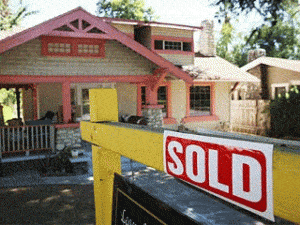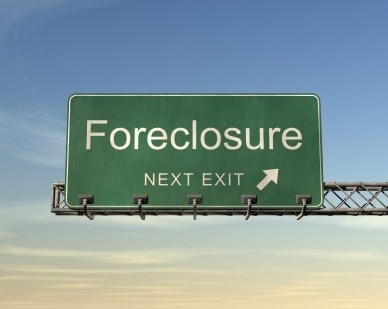The CALIFORNIA ASSOCIATION OF REALTORS® (C.A.R.) released its 2012 Housing Market Forecast this week during CALIFORNIA REALTOR® EXPO 2011 in San Jose. The forecast calls for California home sales and median price to improve only slightly in 2012, as the continuation of the tepid economic recovery, uncertainty about the future, and funding challenges for residential mortgages are expected to keep the market moving sideways, with little foreseeable momentum in either direction.
- The forecast for California home sales next year is for a slight 1 percent increase to 496,200 units, following essentially flat sales of 491,100 homes this year compared to the 491,500 homes sold in 2010.
- “Discretionary sellers will play a larger role in next year’s housing market,” said C.A.R. President Beth L. Peerce. “Those who held off selling in 2011 may list their homes in 2012, thereby improving the mix of homes for sale compared with the last few years. Additionally, distressed sales will remain an important segment of the overall market as lenders continue to work through the foreclosure process.”
- The California median home price is expected to increase 1.7 percent in 2012 to $296,000 in 2012, according to the forecast. Following a double-digit increase in the median price in 2010, the median home price will decrease a projected 4 percent in 2011 to $291,000.
- View a video of C.A.R. Vice President and Chief Economist Leslie Appleton-Young discussing the 2012 Housing Market Forecast.
- “2012 will be another transition year for the California housing market, as the continued uncertainty about the U.S. financial system, job growth, and the stability of the overall economy remain in the forefront for all market participants,” said C.A.R. Vice President and Chief Economist Leslie Appleton-Young. “An improvement in job growth, consumer spending, and corresponding gains in housing are essential to a broader recovery in the economy, but would-be buyers will remain cautious as they weigh these myriad uncertainties against the clear opportunities presented by today’s very affordable housing market.
Read the full story
Problems making your mortgage payments?
Consider the advantages of a short sale
Call or email today for a free consutation
John J. O’Dell Realtor® GRI
O’Dell Realty
(530) 263-1091
jodell@nevadacounty.com










